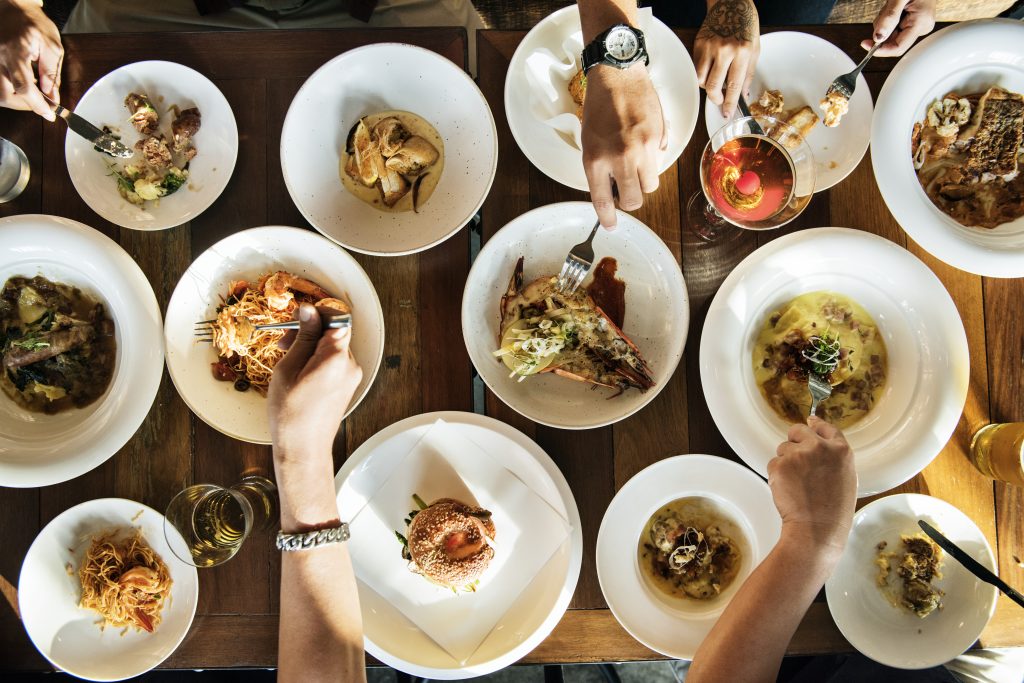A Catered Commission: Brussels’ Culinary Experiment

The European Commission prides itself on efficiency, scale, and—increasingly—its home-cooked meals. Since 2020, catering services in Brussels have been run under a semi-internalised model: kitchens and equipment are owned by the institution, management is in-house, but most of the staff are outsourced. The idea was to keep control of quality, avoid dependence on concessionaires, and even claw back some margins.
Four years on, the numbers leave a sour aftertaste. What began with 300 meals a day at the Berlaymont has ballooned to 7,500 on peak teleworking days (Tuesdays and Thursdays).
…today we started from… well, we started at the end of 2020 at the Berlaymont where we had 300 meals a day and… now we’re at 7,500. And it’s going to increase again. So every year, I tell my teams, ‘You’ll see, next year it will stabilise.’ And it doesn’t stabilise. Every year, we have pressure to open more cafeterias, to open more restaurants. So we thought we would be able to stabilise a bit, but that’s not the case. It’s… it’s a machine that’s growing …”
Expansion continues relentlessly: new cafeterias and restaurants are opening at Loi, Montoyer and beyond. Yet not a single site operates at financial balance. Managers admit that they cover food losses with margins on drinks and coffee.
The cost is borne, inevitably, by staff. A modest 4.2% price rise was confirmed for 2025. That sounds small, but adds up fast. With colleagues teleworking three days a week, many still spend €100–200 a month on Commission canteen lunches. At month’s end, the bill looms large.
Prices are also creeping up within the network of canteens across the Commission’s Brussels buildings. A daily plate once sold for €5.50; now, the “budget” vegetarian or pasta dish costs €5–6, while anything beyond the basics climbs quickly towards €10–15. Staff grumble that portions have shrunk, that add-ons (vegetables, sides) appear as hidden surcharges, and that quality varies sharply from one building to another. “Before COVID, the canteen was half the price it is now. Today, sometimes it feels the same as going out,” one participant noted at a recent Local Staff Committee meeting.
The paradox is sharper for those in the lowest function groups, or for trainees. For them, canteen meals are not a convenience but a luxury. A daily €12–15 lunch consumes an untenable share of a stipend or entry-level salary. Unsurprisingly, more staff bring food from home. Reheating leftovers in open-plan offices saves money—but generates complaints about odours.
The administration insists quality has improved since the old concessionaire contracts, and points to benchmarking showing Commission canteens are cheaper than some other EU institutions. But critics note that the semi-internalised model brings with it bureaucratic headaches and higher labour costs. External staff costs have risen by over 30% since the last tender.
“…in 2024, our first call for tenders on external labour… ended and so we launched a second call for tenders… finally the organisation that was chosen was chosen and benefited from a price increase compared to what we had before on external labour of around 30%. It’s something that’s going to put us in difficulty.”
Procurement rules forbid opportunistic buying, so managers cannot snap up discounted surplus food. Suppliers, facing paperwork and delays, simply build administrative costs into their prices.
“…we are constrained by the financial regulation so I can’t do whatever I want, I can’t go to the national market and say there’s a batch of fish that’s going to end tomorrow… I’ll get it at 50% off. I can’t do that.”
Quality, Quantity, and the Customer Experience
For all the talk of financial balance, what most staff care about is the quality of what ends up on their plates. On that score, views diverge. The model is, in short, heavy, costly, and unsustainable. Alternatives exist. At the Commission’s Ispra site in Italy, a Clubhouse restaurant run with internal staff serves decent meals for around €8. Others argue for re-externalisation to private caterers. Either way, Brussels’ system is under pressure.
Several colleagues complain that the so-called “budget options” – usually a pasta or a vegetarian dish – are repetitive and underwhelming. Portion sizes are often judged too small, and hidden extras (“do you want vegetables with that?”) can double the expected price of a daily special. One staff member noted that at Loi 41, a dish advertised at €5.50 became €10 once sides were added. Another lamented that, for those who rely on the cheapest meals, the quality is simply “not so great”.
Others point to inconsistency: menus sometimes promise one dish, but substitutions arrive when deliveries fall through. The chefs, managers insist, are forced into “flexibility and creativity” when fish ordered turns into pork delivered.
The administration, however, paints a rosier picture. “I am viscerally convinced that in four years, we have never eaten so well at the Commission,” declared the official responsible, citing benchmarking with other institutions and feedback from satisfied customers. For him, internalisation has delivered higher-quality food than the concessionaire model ever did.
Between these two accounts lies a more nuanced reality: while quality may indeed have improved at the top end, the cheapest meals – those most essential for trainees and junior staff – remain uninspiring, and are precisely the ones where quality matters most.
The most immediate need, however, is social. Staff representatives call for targeted subsidies: €2 per meal for the lowest-grade contract agents, €1 for trainees. Even this would be symbolic rather than transformative. Without action, the canteen risks becoming another visible marker of inequality within the Commission: a place where higher-paid officials linger over espresso, while the junior ranks head for the microwave.
For an institution keen to project solidarity and fairness, that is not a good look.